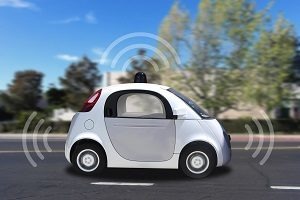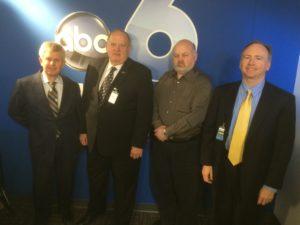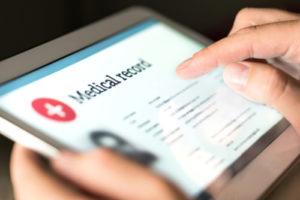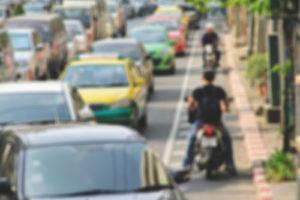

Columbus recently received the first installment of a $50 million grant through the Smart City Challenge. This challenge centers around improving pedestrian and traffic safety using the latest technological safety innovations.
The grant, sponsored by the federal government and Vulcan Inc., funds the four-year project. Columbus will plan and implement the majority of upgrades over the next three years. The fourth year calls for an evaluation period to determine how the same technology could serve other cities.
Some of the innovations you can expect to see coming to the “Smarter” Columbus include:
1) Smart Lighting
The plan calls for motion activated streetlights — referred to as smart lighting — in Linden. Running along Hudson Avenue from Interstate 71 to Cleveland Avenue, these lights improve pedestrian safety in the area at night. To conserve electricity, they include the latest in motion detection technology.
The lights also provide internet connectivity via a free wireless hotspot. The neighborhood is notorious for slow internet connection speeds, making it difficult for residents who need the Web access for school work, job searches, and running a business from home.
For a free legal consultation, call (614) 538-1116
2) Retrofitted Buses
Central Ohio Transit Authority’s Cmax bus-rapid transit line will also benefit from this grant. There are plans to install safety devices and other upgrades on all 350 COTA buses that operate along the Cleveland Avenue corridor. This includes blind spot cameras and warning systems triggered by objects in a blind spot.
Another upgrade is a ground-breaking technology that makes it possible for buses to have signal priority along the Cleveland Avenue route and other popular lines. This will allow buses to get passengers where they are going without waiting at too many red lights. The Cmax line will initially serve Linden with free rapid transit service, with plans for possible expansion in the coming decade.
3) Electric Buses
The city plans to invest in an electric fleet of buses, and make it easier for individuals and businesses to do the same. Electric buses are both safe and dependable, and do not pollute the air like traditional diesel engines. Zero emission vehicles make breathing the air much safer for those with asthma or other breathing problems.
In order to make this initiative feasible, Columbus plans to install charging stations powered by solar panels in parking lots and other locations around the city. The city’s bus station will also have solar panels installed in order to allow the bus fleet to charge overnight and between uses.
Click to contact our personal injury lawyers today
4) Driverless Shuttles


Congestion has long been a problem in the shopping district, so the shuttles are much-needed. In addition to reducing the number of collisions, they should help cut down on wait time for another bus, as well as relieve congestion by making it easier to park and ride into the large shopping center.
Complete a Free Case Evaluation form now
5) Neighborhood Hubs
Neighborhood Hubs — most likely touchscreen informational displays — will offer real-time information for pedestrians or those using public transportation. These hubs will help people find bus schedules, available city bikes, and even information about local recreational activities and job openings.
In addition, a mobility app will provide real-time information of different transit options and the fare cost. The hope is to help people find a safe, dependable transportation option that meets their needs.
6) Improved Transit Passes
Currently, each transportation option requires its own pass. However, a new Smart Pass could make it possible to use a single pass to pay for Lyft rides, bus fares, and even city bikes. While the program is still in development, there is also talk of offering subsidized passes to low-income residents. This could provide a safer, more efficient transportation option for Columbus residents who currently walk to work.
Columbus will, no doubt, serve as a role model for other cities hoping to become “smarter” in the coming years. While it may be several years before Columbus implements some of these innovations, the technological advances used will make the city a safer place for residents and visitors alike.
To stay up-to-date on the changes in Columbus, check out our blog.
Call or text (614) 538-1116 or complete a Free Case Evaluation form








